Evolution Feel of Hybrid Workspaces: The Future of Office Design
Here are some Tips to evolved of Hybrid Workspaces: The Future of Office Design
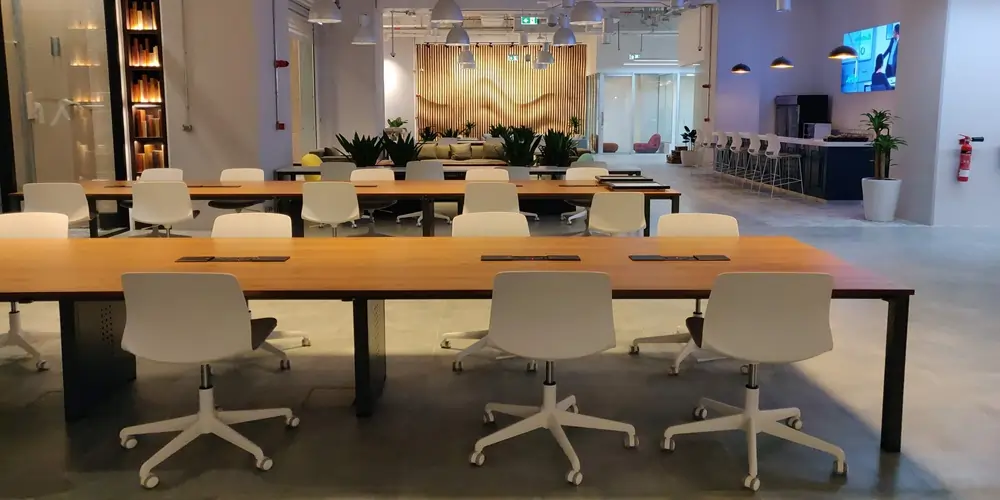
In today's fast-paced world, the traditional office setting is evolving rapidly to adapt to the changing needs of employees and businesses. The rise of remote work and flexible schedules has led to the emergence of hybrid workspaces, where employees have the flexibility to work from both home and the office. This shift towards a more flexible work environment has significant implications for office design and layout.
The Benefits of Hybrid Workspaces
One of the key benefits of hybrid workspaces is the flexibility it offers to employees. By allowing employees to work from home part of the time, businesses can attract top talent from a wider geographic area and improve employee satisfaction and work-life balance. Additionally, hybrid workspaces can lead to cost savings for businesses by reducing the need for large office space and lowering overhead expenses.
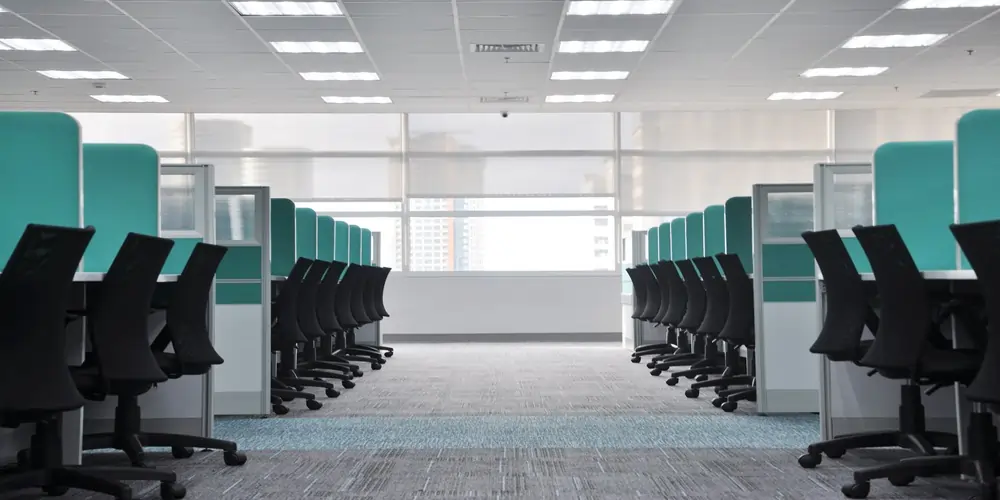
Designing the Hybrid Workspace
When it comes to designing a hybrid workspace, flexibility is key. The office layout should be adaptable to accommodate both remote and in-office workers, with designated areas for collaboration, individual work, and virtual meetings. Incorporating technology such as video conferencing equipment and cloud-based collaboration tools can help bridge the gap between remote and in-office employees.
Another important aspect of office design in a hybrid workspace is creating a sense of community and connection among employees. This can be achieved through thoughtful design elements such as communal areas, breakout spaces, and shared amenities. By fostering a sense of belonging and collaboration, businesses can promote creativity, innovation, and teamwork among employees.
The Role of Technology in Hybrid Workspaces
Technology plays a crucial role in the success of hybrid workspaces. Businesses must invest in reliable internet connectivity, virtual meeting platforms, and collaboration tools to facilitate seamless communication and collaboration among remote and in-office employees. Implementing a robust IT infrastructure and cybersecurity measures is essential to protect sensitive data and ensure the smooth operation of hybrid workspaces.
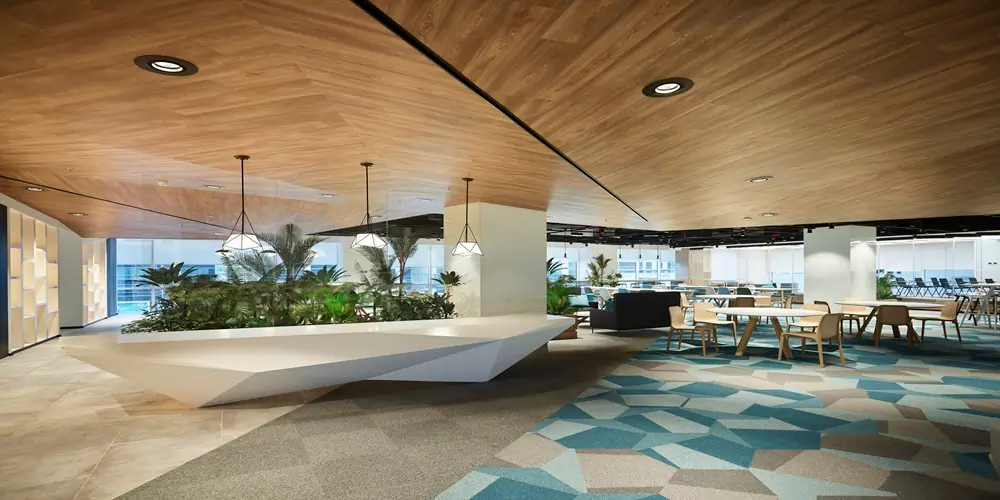
Overcoming Challenges in Office Design
While hybrid workspaces offer many benefits, they also present unique challenges in office design. Businesses must strike a balance between providing a comfortable and productive work environment for in-office employees while accommodating the needs of remote workers. Communication and collaboration can be more challenging in a hybrid workspace, so businesses must implement strategies to ensure that all employees feel connected and engaged.
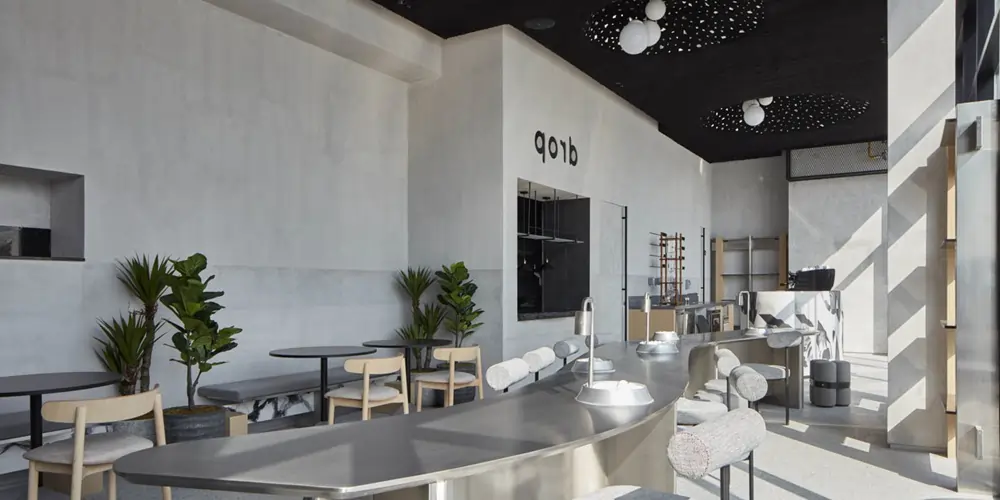
The evolution of hybrid workspaces is shaping the future of office design. By embracing flexibility, technology, and community in their office layouts, businesses can create a productive and inclusive work environment that meets the needs of employees in today's digital age. The key to success lies in designing office spaces that support collaboration, creativity, and connection among employees, whether they are working from home or in the office.
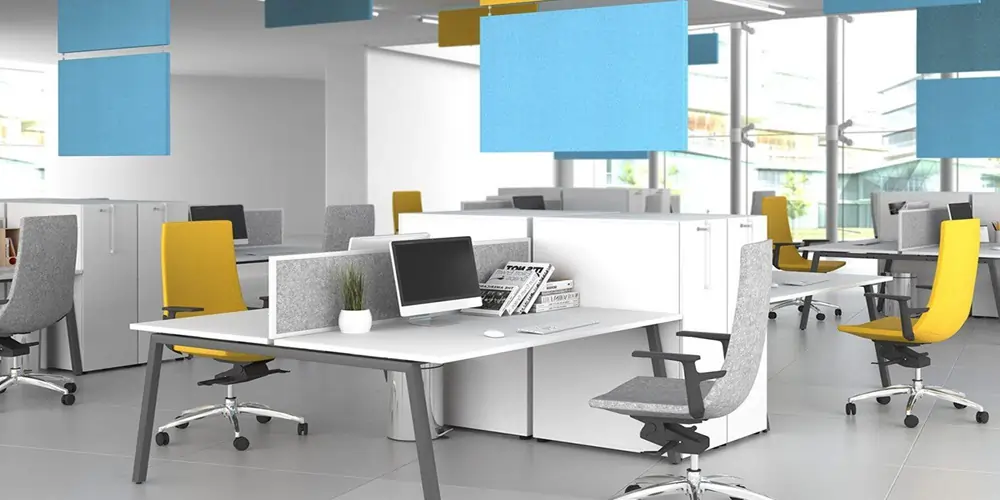
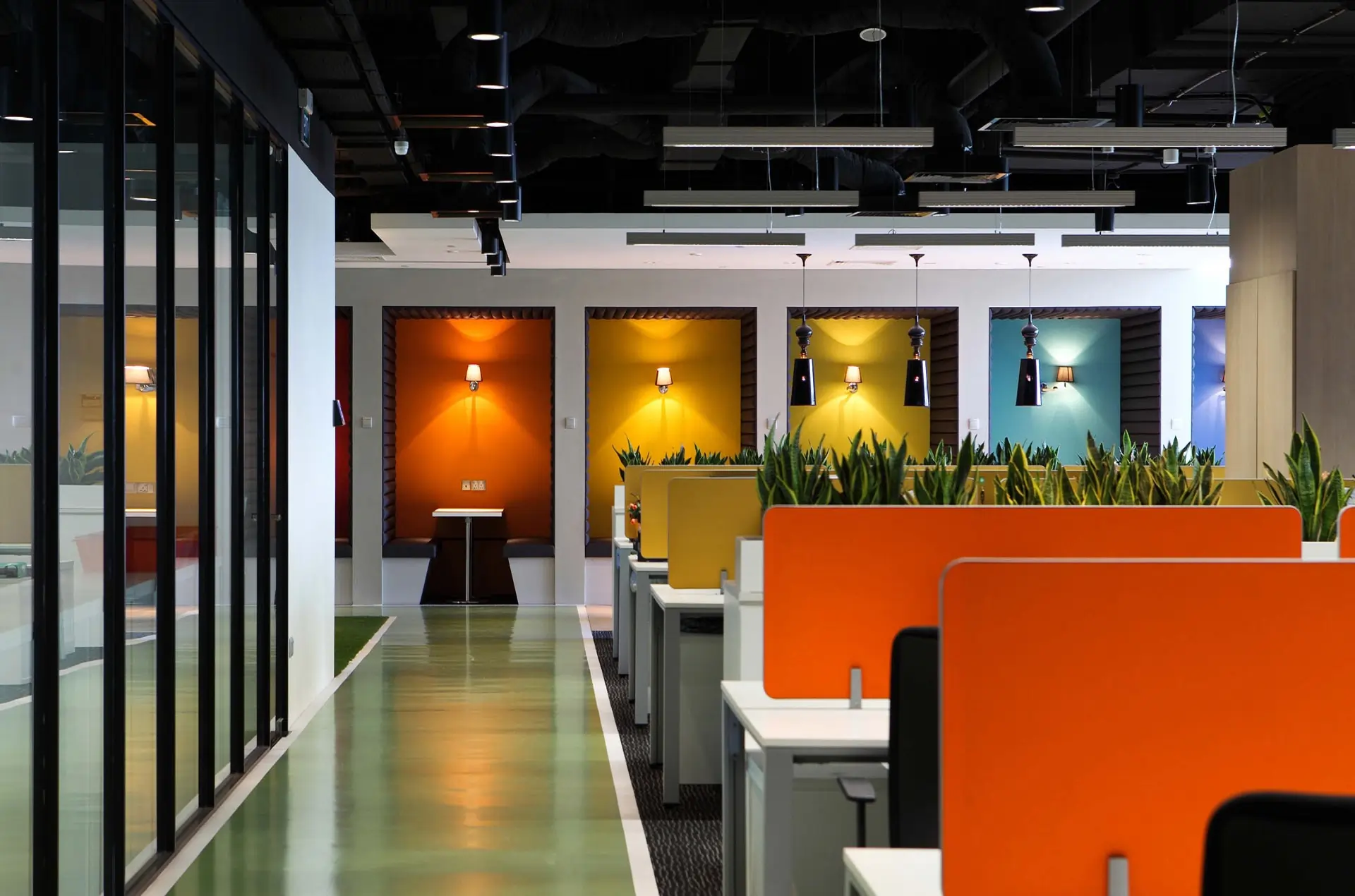

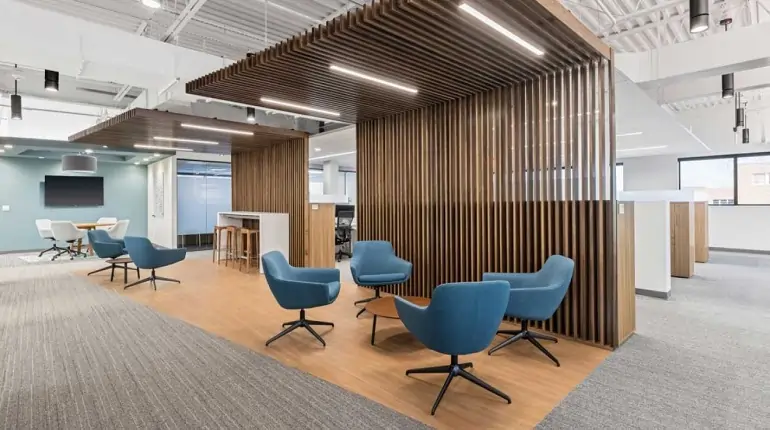
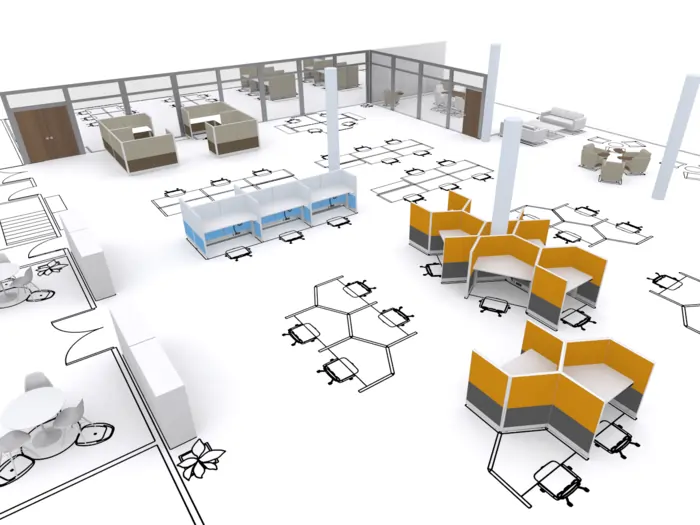
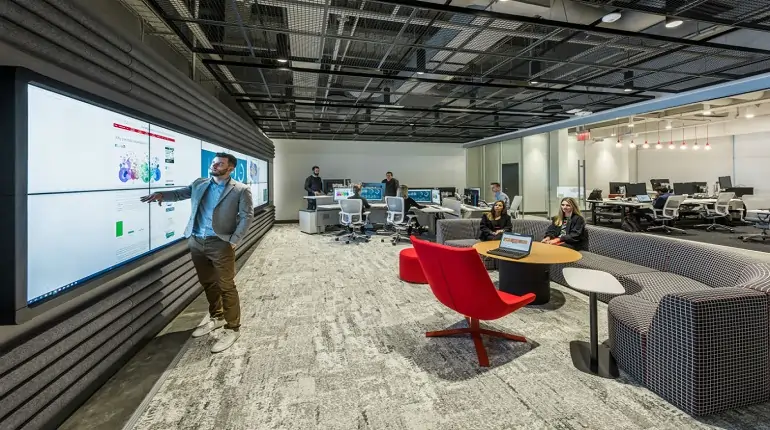
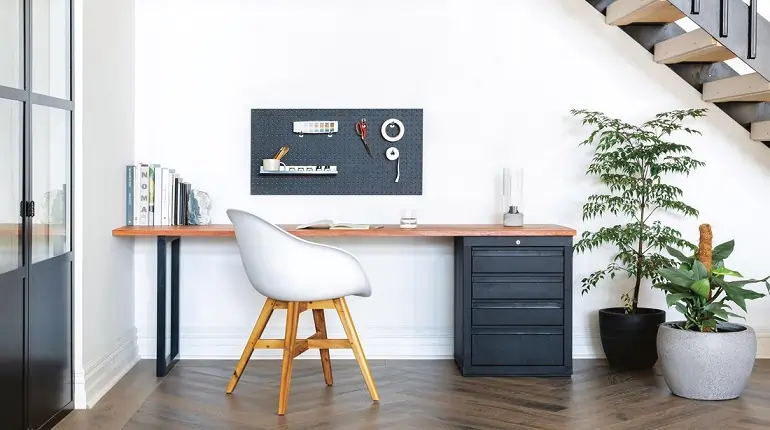


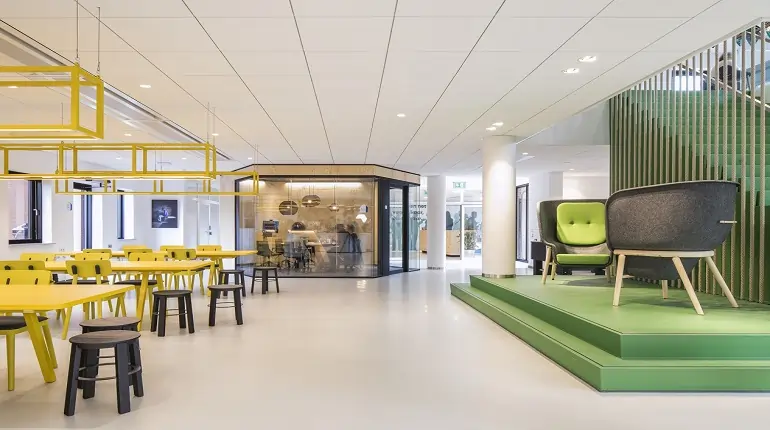

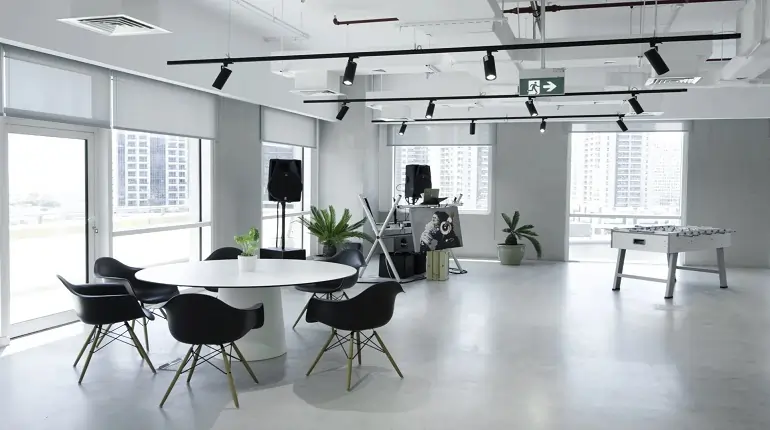

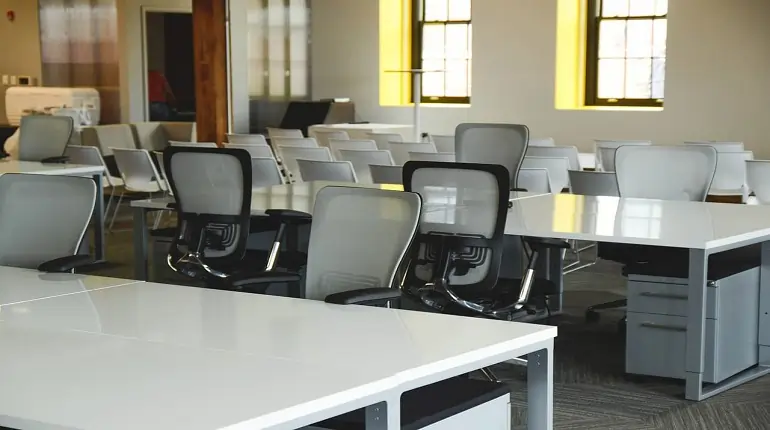
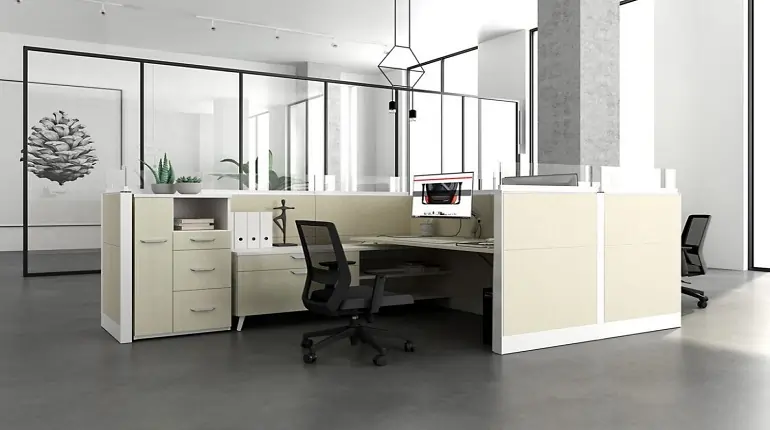
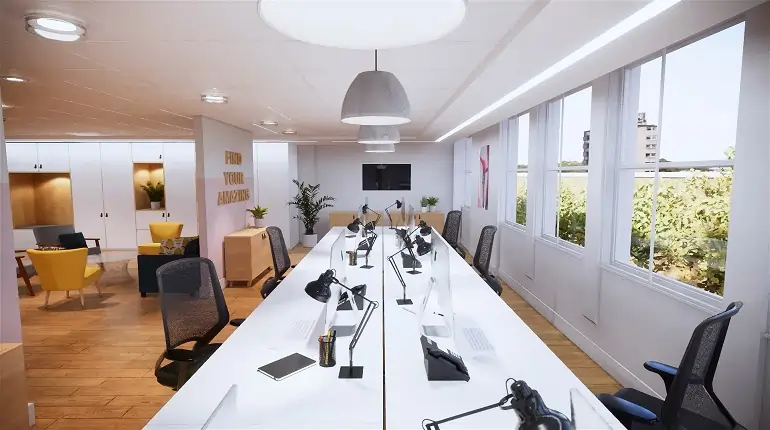
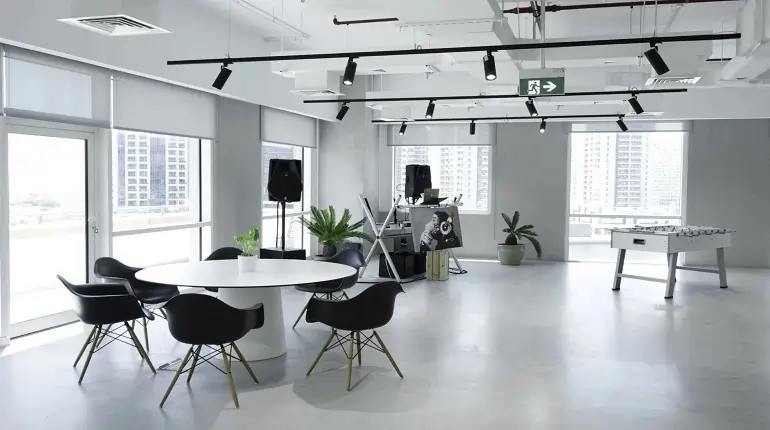
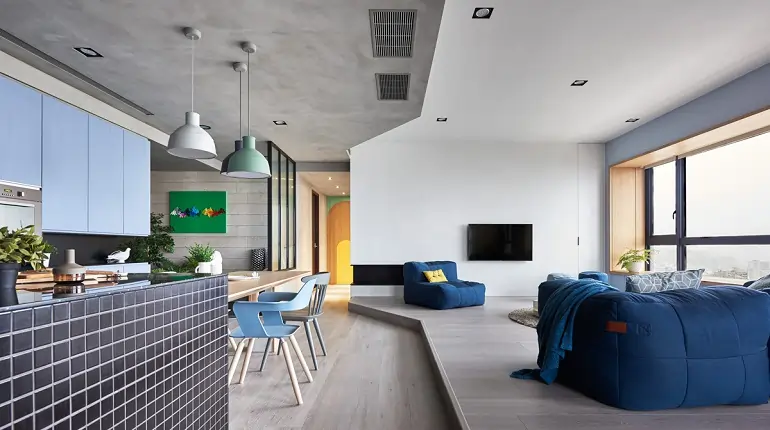

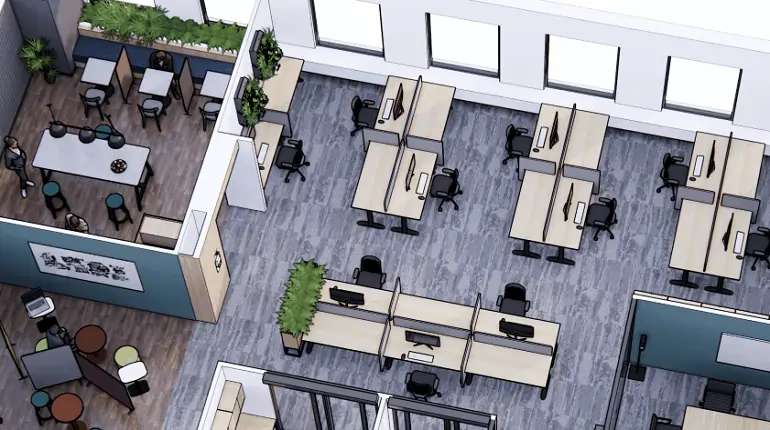
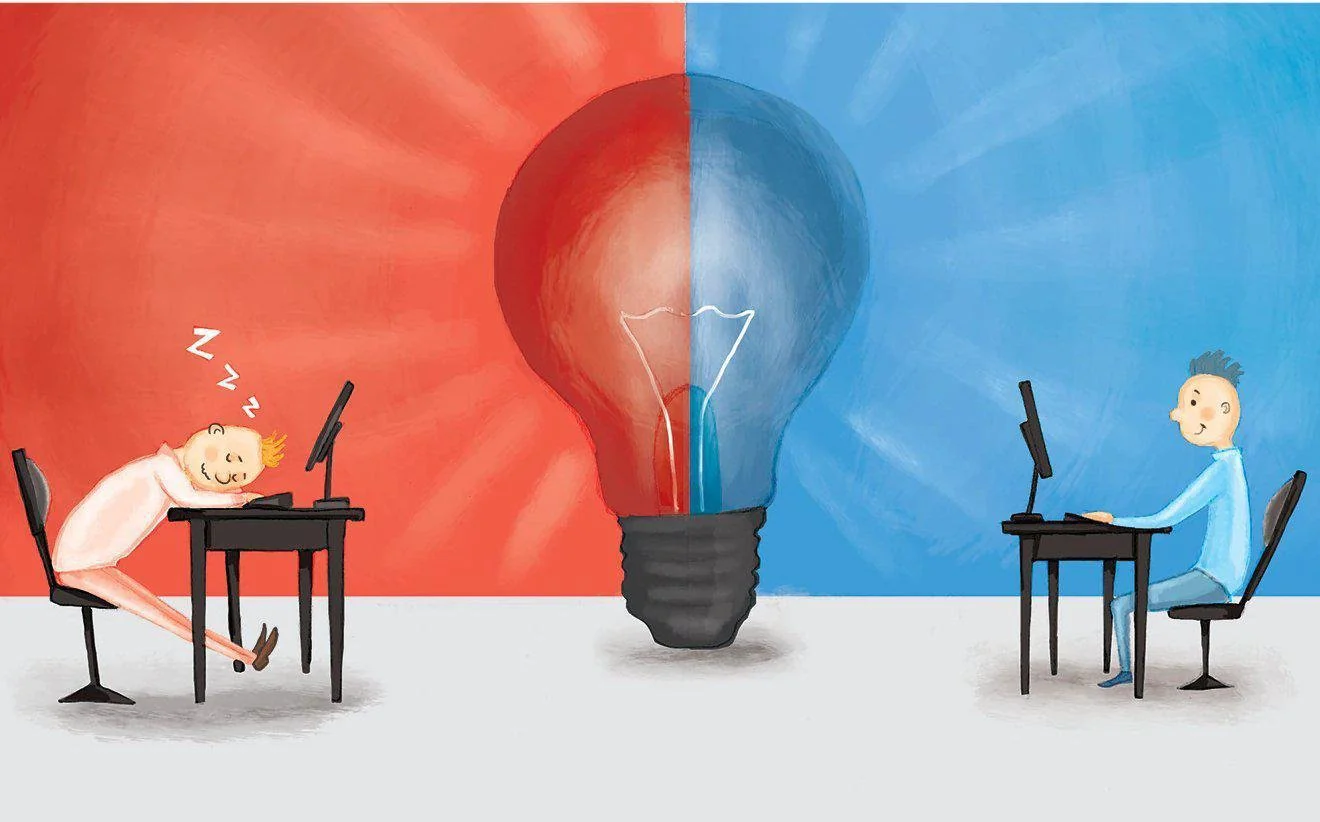
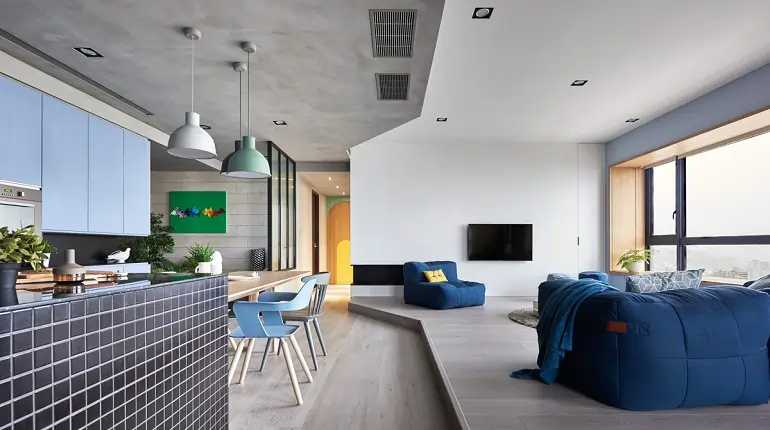
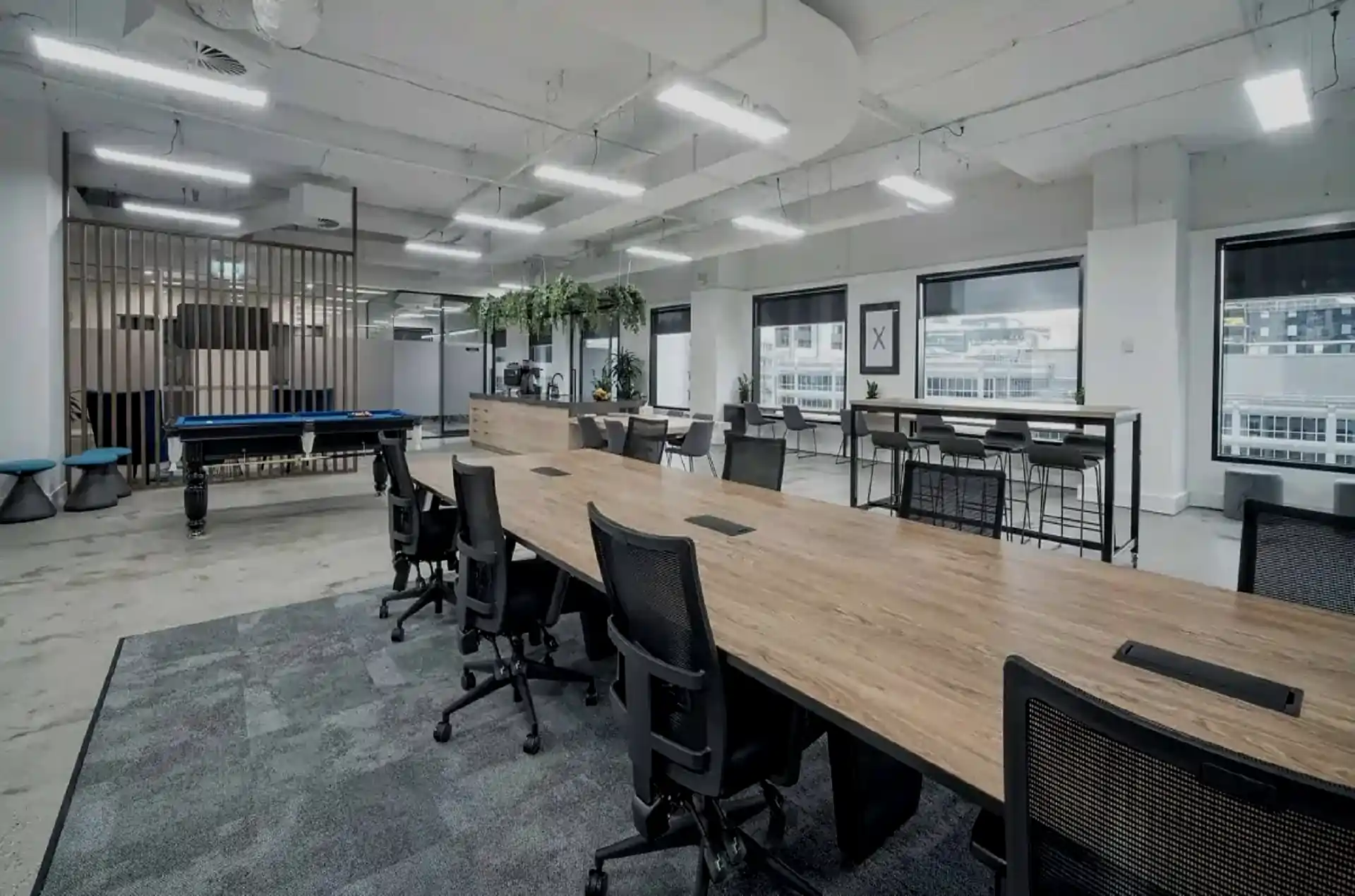
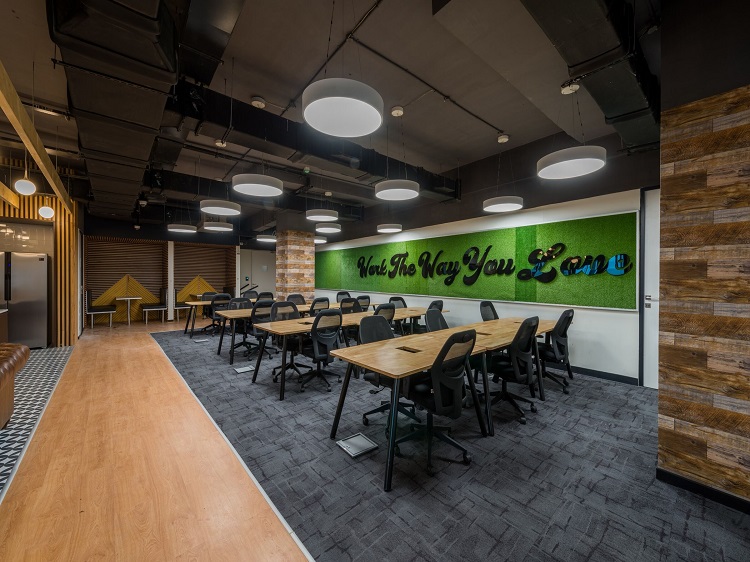
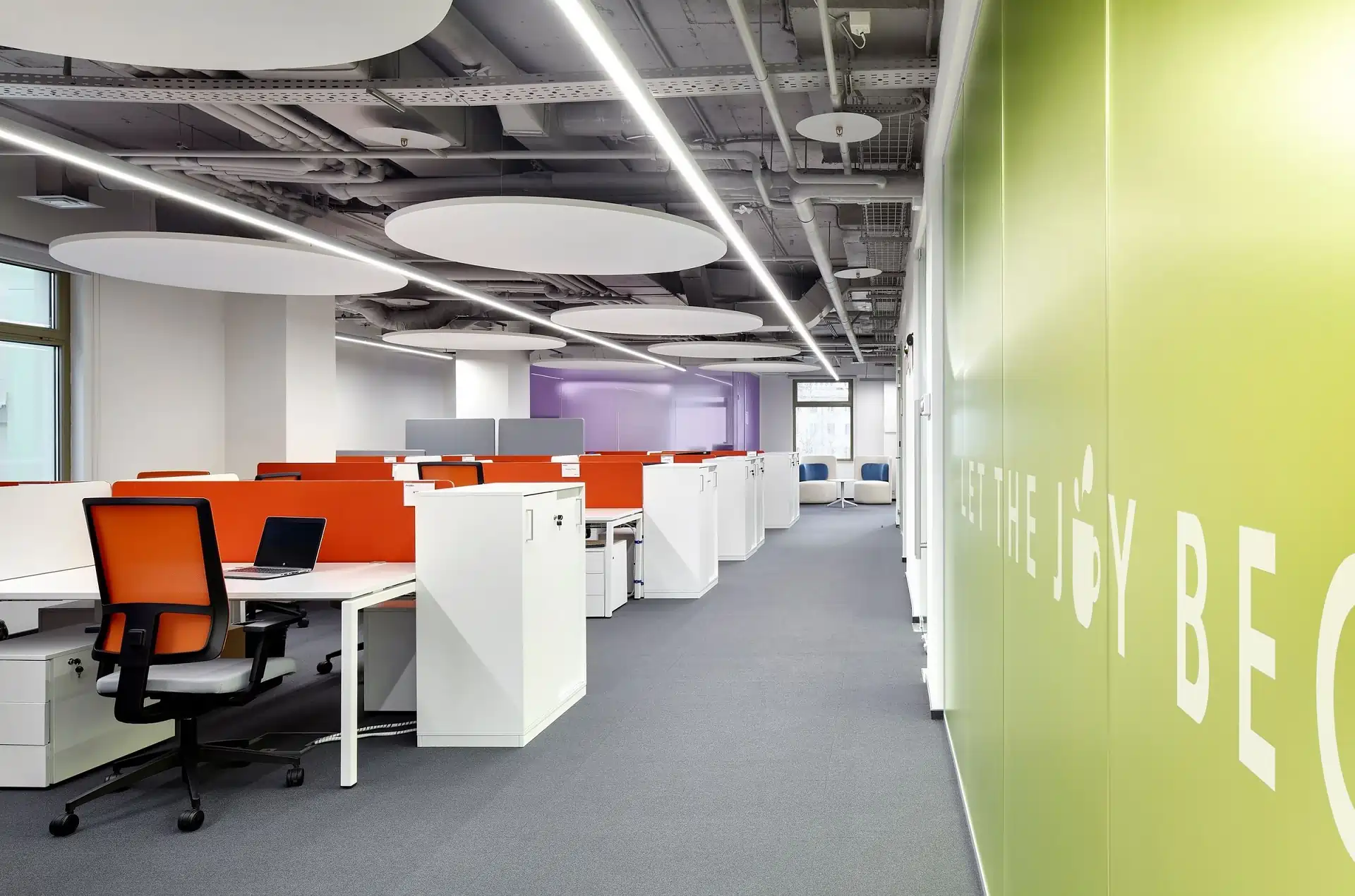
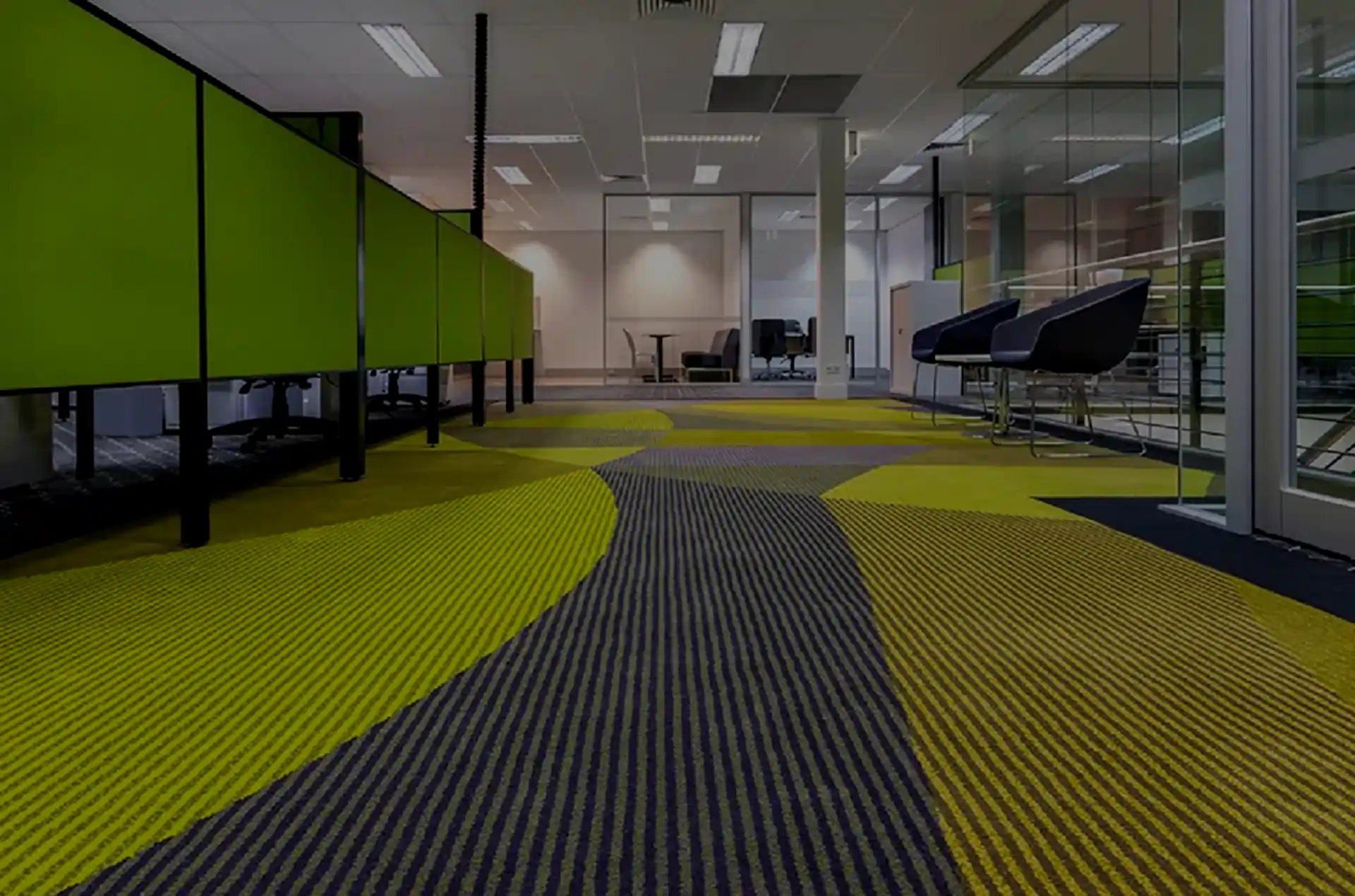
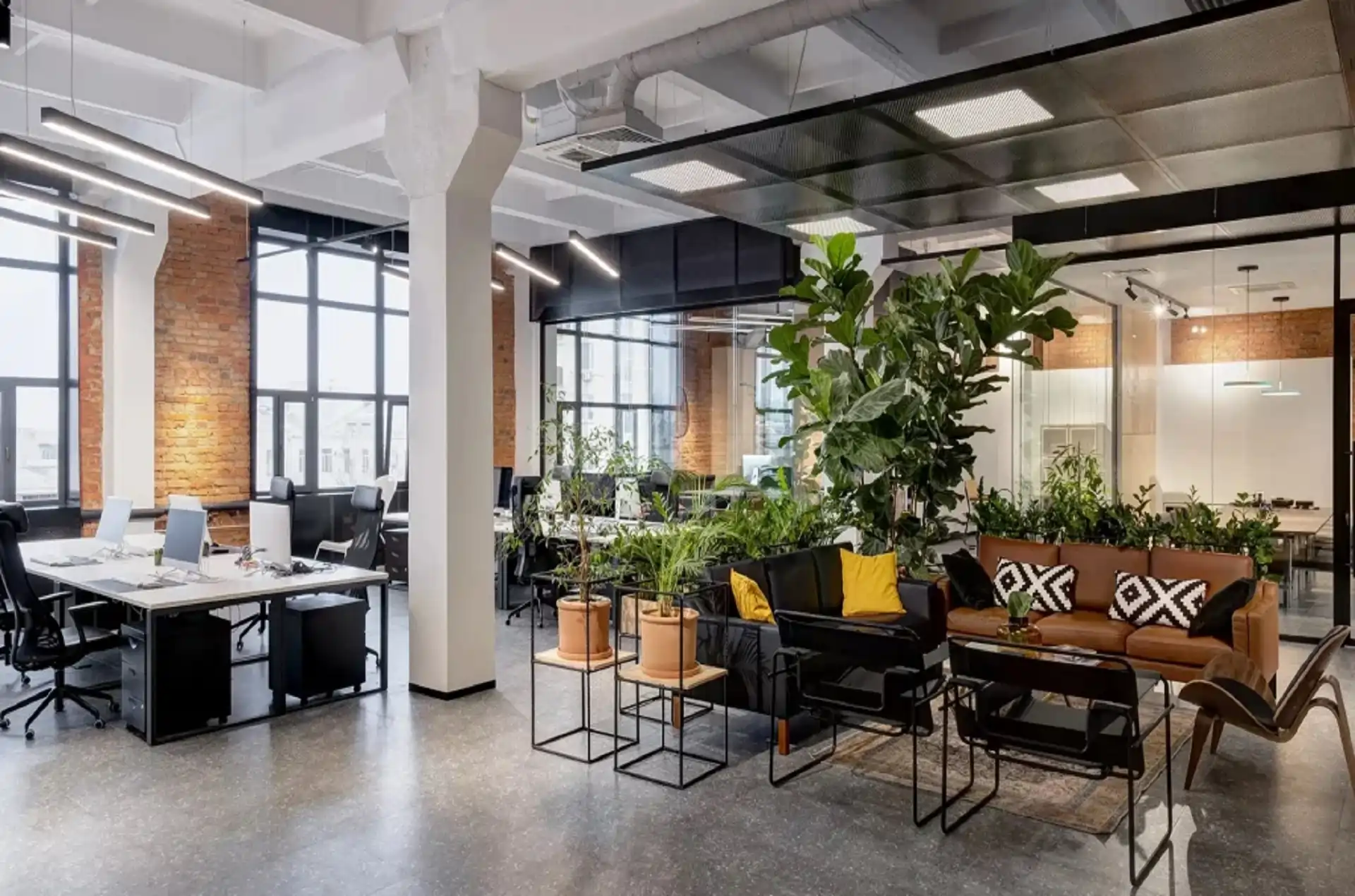
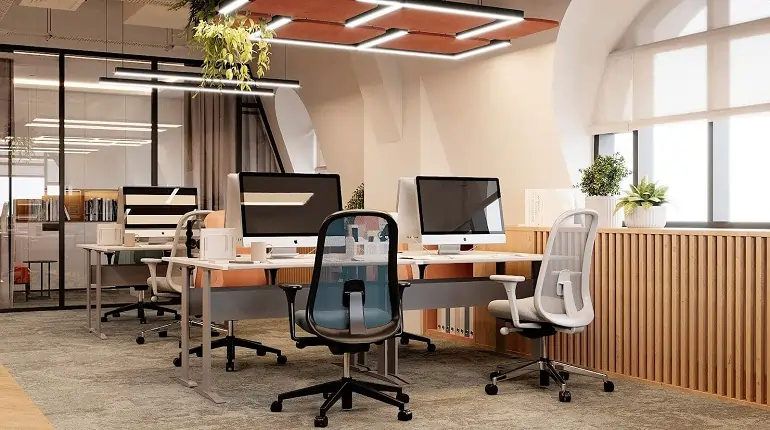

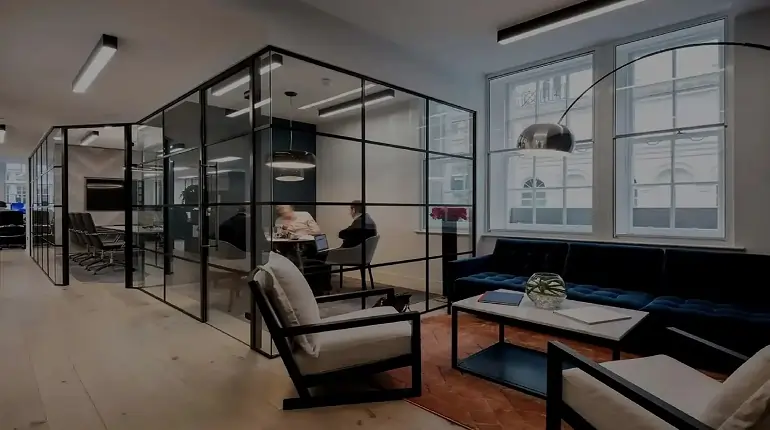
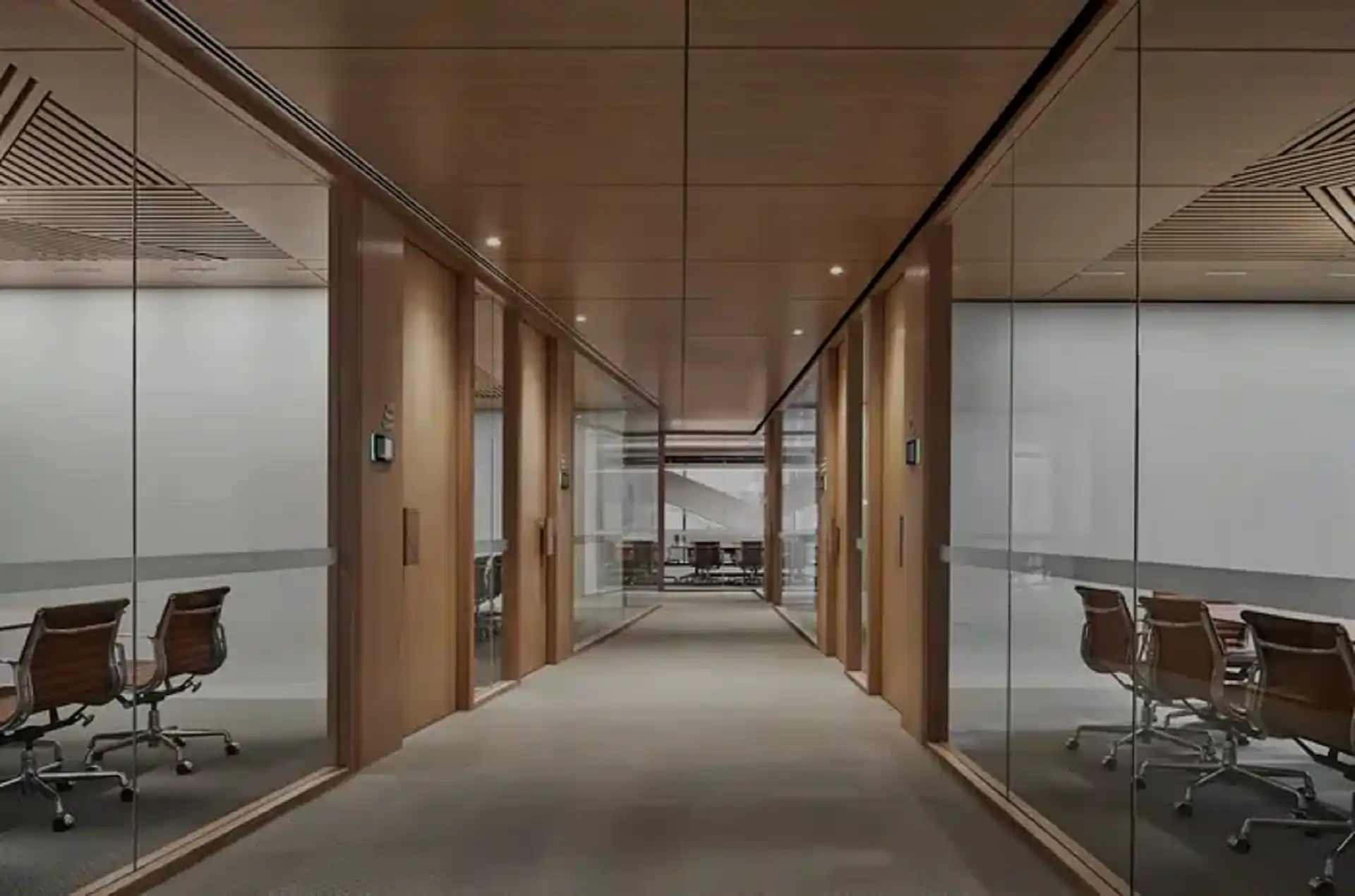

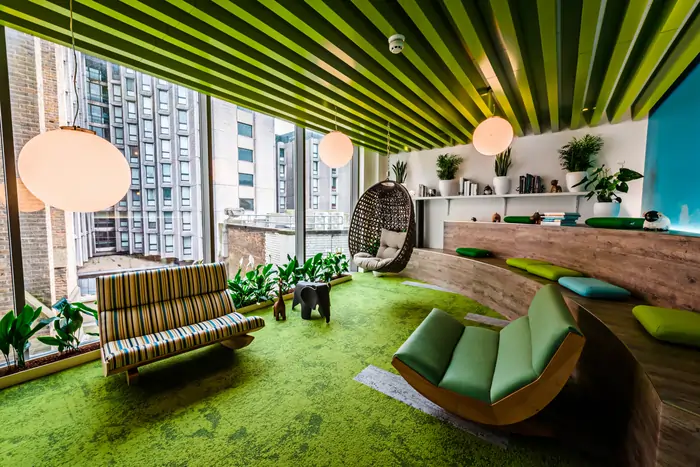



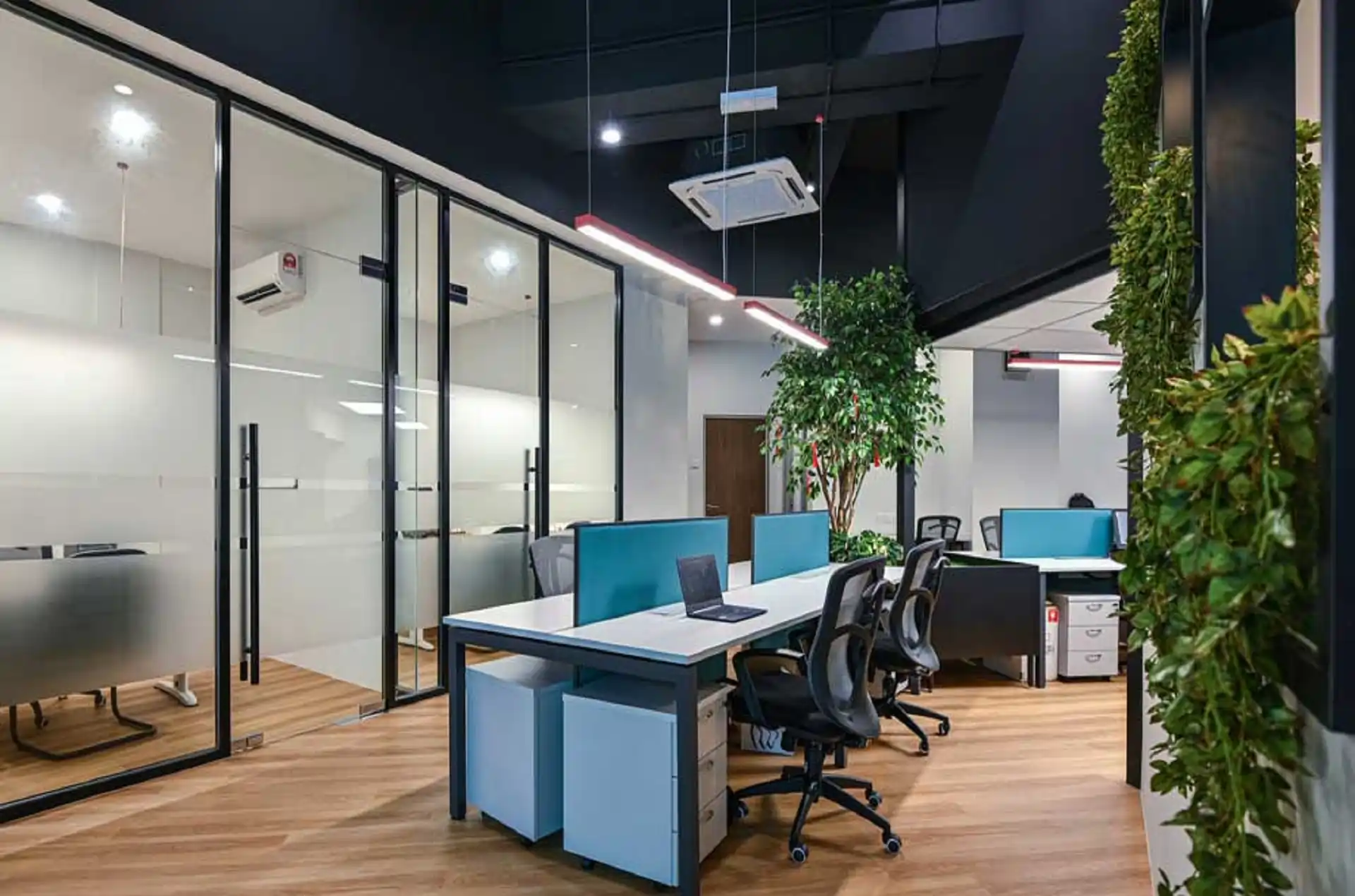
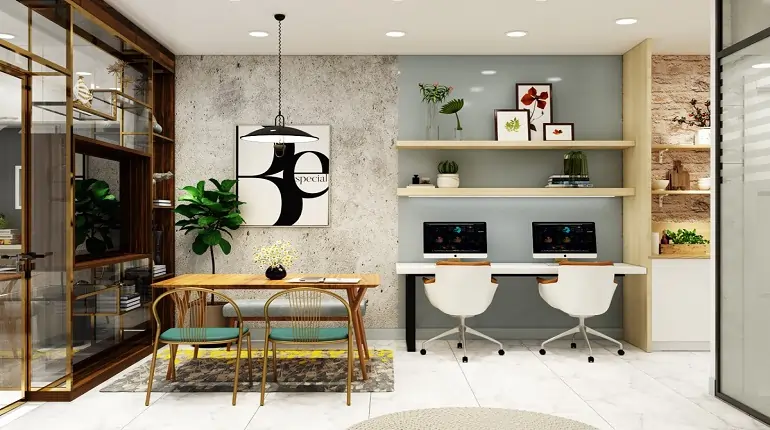
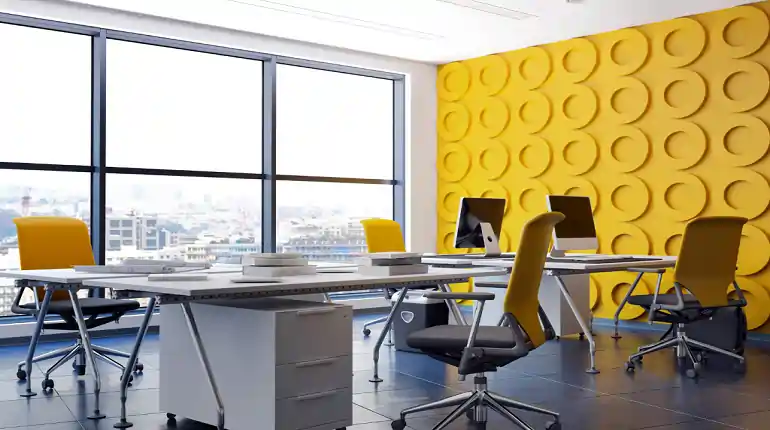
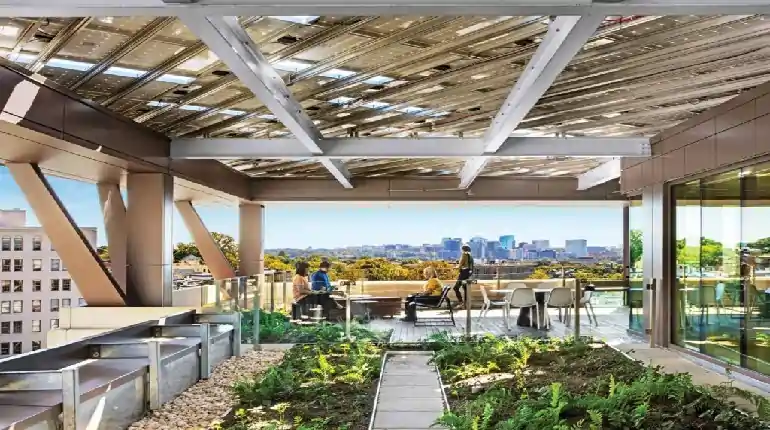
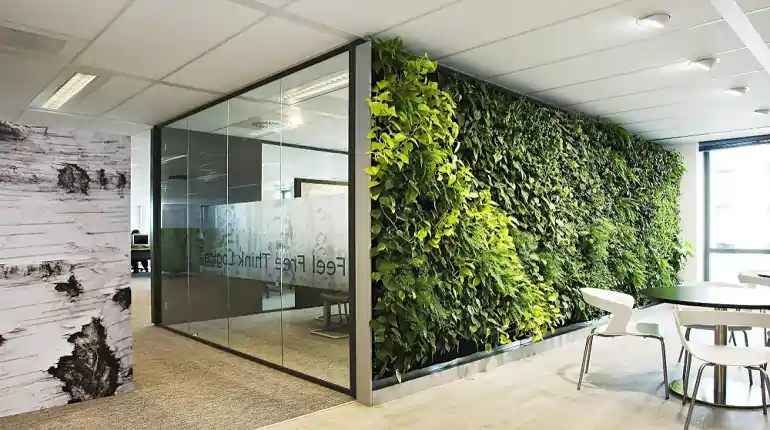
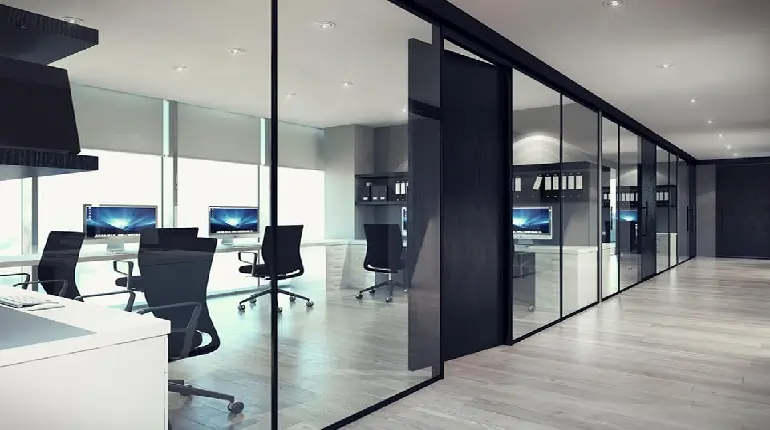
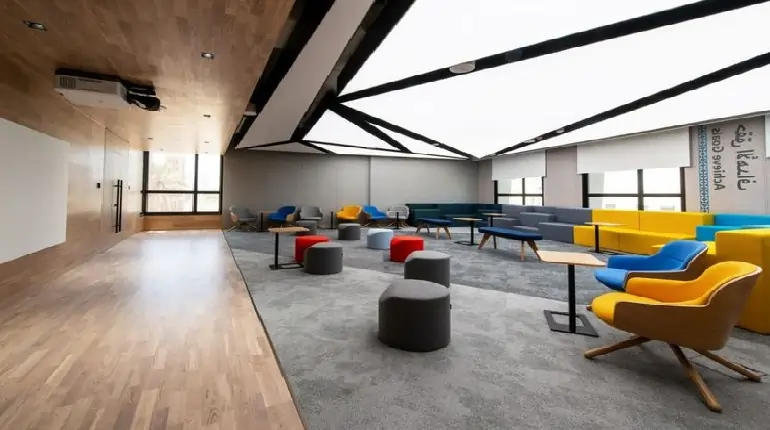
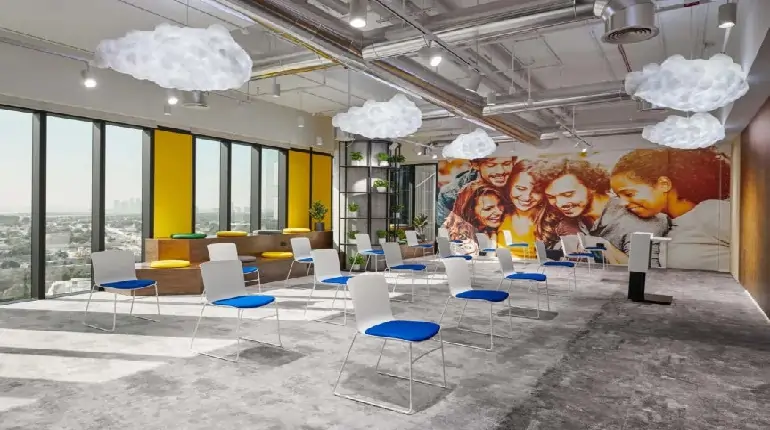
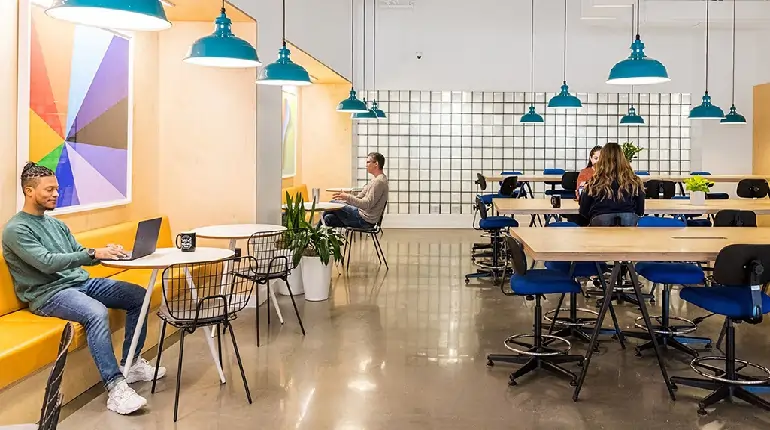
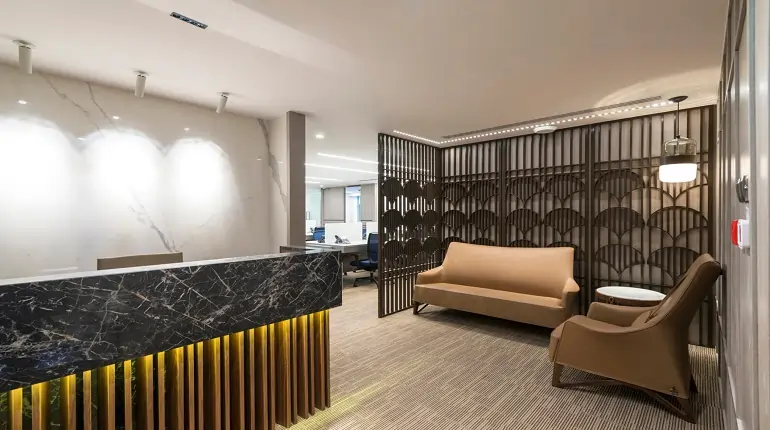
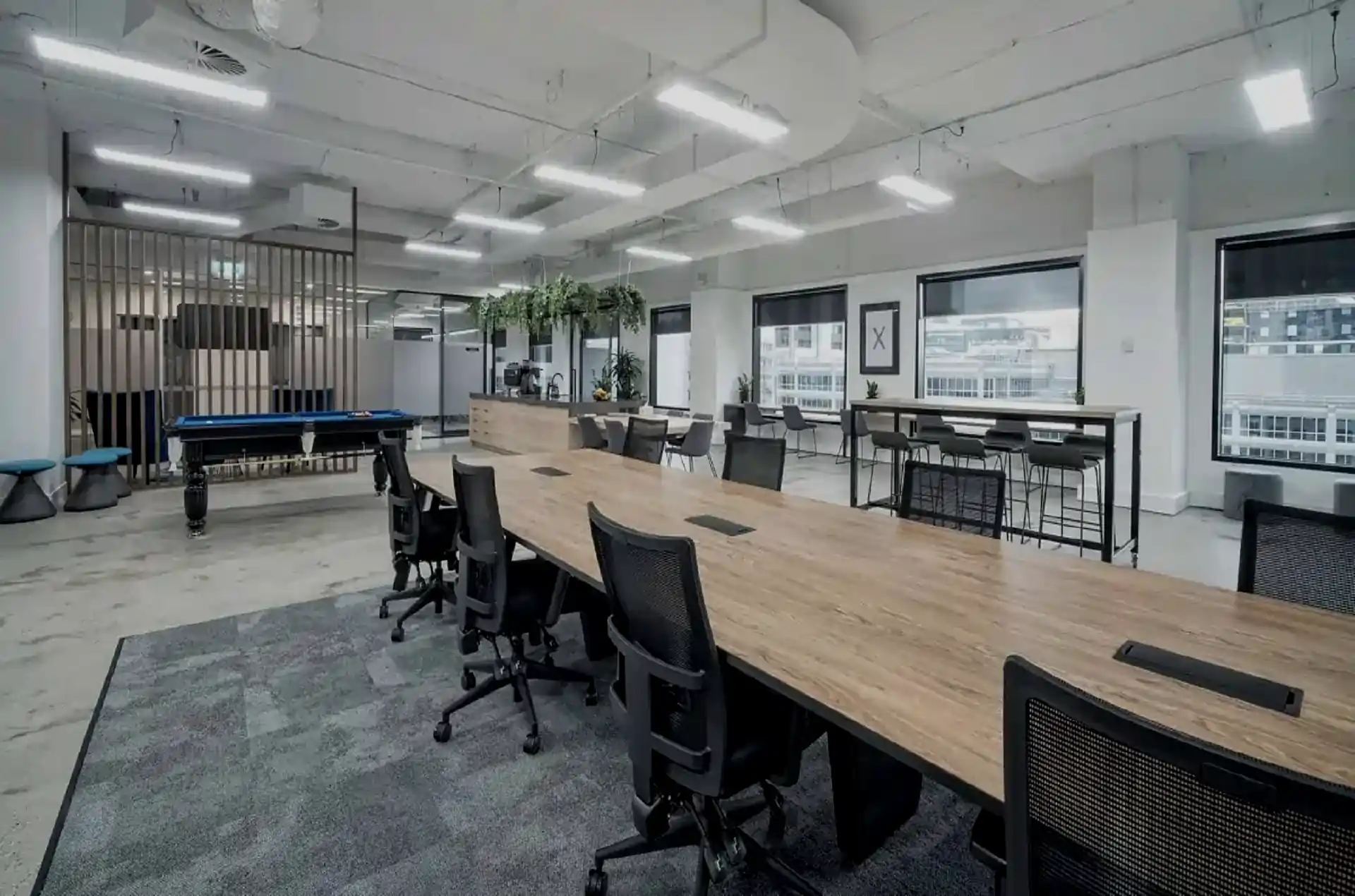
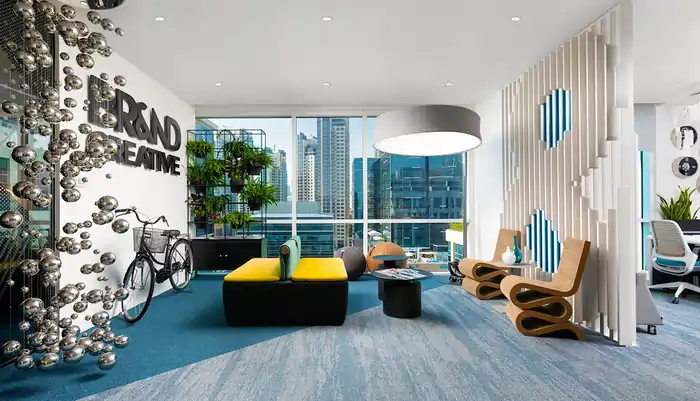
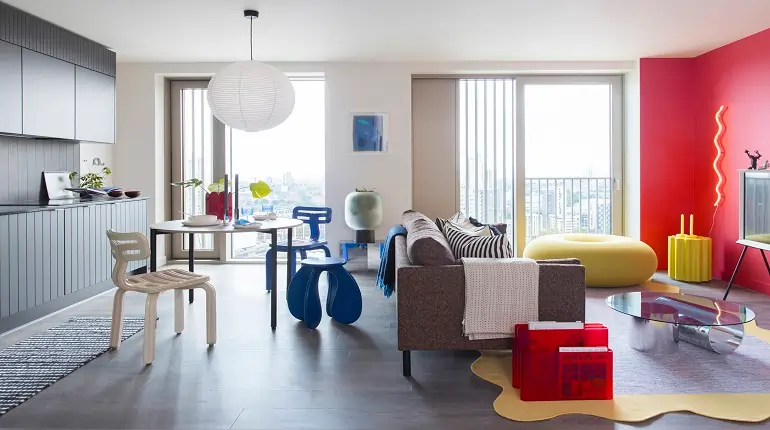
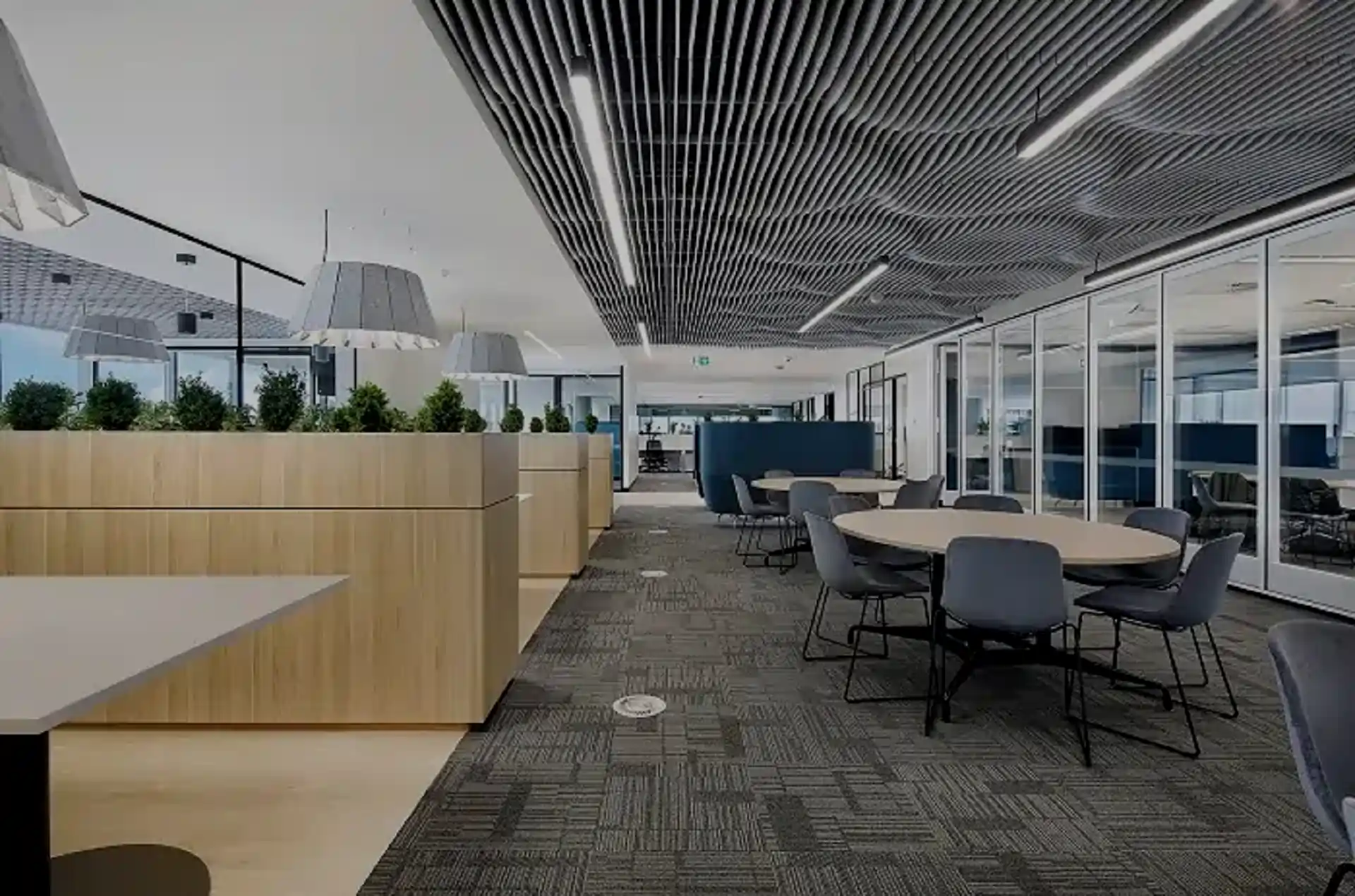


3 Comments
Ajay Singh
Niveeta Design Build has a wide variety of office Interior Designs and that too at affordable rates. The quality of their design is way too good. They are very clear with the product and design details and I found the entire process very transparent.
Jessica Singh
Niveeta is the top-notch interior design company in Delhi. They have a huge range of designs and the best after-sales services support. The design team is so courteous and always ready to assist with all kinds of issues.
Sumit Sehgal
I had great experience with Niveeta during the project of our office Interior. They listened to all my requirements clearly and delivered everything as per the commitment. I would specially mention their friendly staff members who are highly cooperative. Good work team!